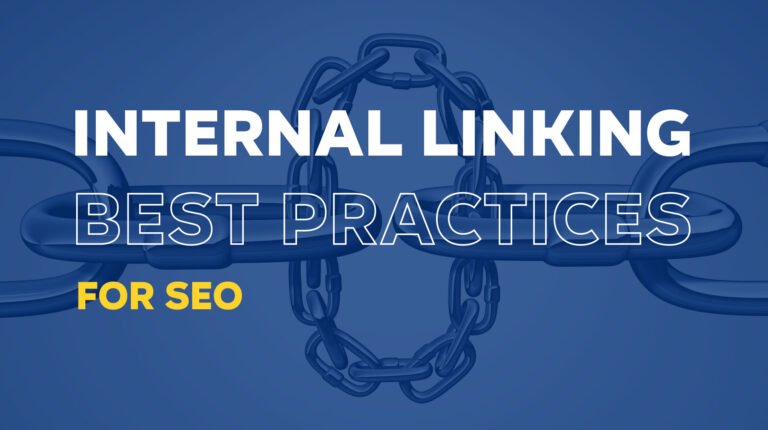The Power of Internal Linking for SEO and UX | DevonicWeb UK

What Is Internal Linking?
Internal linking is a technique of linking one web page to another web page within the same domain. Such links are usually inserted in text, menu bars, footers, or call-to-action buttons. The idea is to lead users through your website and create a neat, SEO-friendly website structure for search engines to crawl and index.
Internal links are different from external links, which send users to other websites. Internal links retain users on your site. For instance, connecting your homepage to a services page or an SEO best practices blog post keeps users and search engines more informed about the structure of your website’s content.
Why Internal Linking Is Critical for SEO
Search engines employ bots that crawl websites and find content. A solid internal link structure enables these bots to navigate easily from page to page, which enhances your ability to rank well on search engine results pages (SERPs). Here’s how:
1. Distributes Page Authority
Internal links transfer link equity (or ranking power) from high-authority pages to other pages. For instance, linking a frequently visited blog post to a newly created service page benefits the latter in terms of visibility and ranking potential.
2. Enhances Indexation
When a page is not internally linked, it might be regarded as “orphaned” and might fly under the search engine’s radar. Regular internal linking helps all pages get crawled and indexed appropriately.
3. Increases Keyword Relevance
Employing keyword-rich anchor text in internal links allows search engines to know what the destination page is about. This enhances topic relevance and general keyword targeting.
How Internal Linking Enhances User Experience
A well-designed internal link structure does more than assist search engines—it makes your site easier for users to find their way around.
1. Leads Visitors Through Your Website
Internal links serve as signposts, sending users to associated content. For example, a user who is reading on website development may also be interested in learning about branding or UX design—internal links facilitate this switch effortlessly.
2. Boosts Time on Site
When users can access more relevant content with ease, they linger longer. This means less bounce rate and higher engagement, which is good news to Google.
3. Eases Website Navigation
Literate internal linking optimises the menu and on-page navigation. It makes your site’s structure easy to grasp for users, particularly when they arrive at your pages through search engines.
Best Practices for Internal Linking
1. Link Deep, Not Just to the Homepage
It is common for most sites to simply link back to the home page or top-level pages. Instead, link to deeper, more specific content where the user can dig into detailed information.
2. Use Descriptive Anchor Text
Avoid generic anchor text such as “click here.” Instead, link with keyword-laden phrases such as “learn about SEO best practices” or “visit our web design services.”
3. Be Natural and Relevant
Internal links must be a natural extension of your content. Don’t force them. Ensure the linked copy provides real value to the reader.
4. Fewer Links Per Page
While there’s no hard and fast rule, too many links on a single page can water down their power. Go for quality rather than quantity, and make sure every link has a purpose.
Mistakes to Avoid
Using the same anchor text too much: This can be seen as manipulative and diminish SEO benefits. Use varied anchor phrases naturally.
Linking to unnecessary pages: Inappropriate links confuse users and potentially hurt SEO.
Overlooking existing content: Refurbish and refresh older blog entries or pages by introducing new internal links to newer content.
Create a Strengthened Site with Intelligent Internal Linking
Internal linking is one of the strongest—and frequently overlooked—SEO options out there. When executed properly, it makes your site more crawlable, facilitates content discovery, and provides a fluid user experience throughout your site.
By optimising your internal links with structure and relevance in consideration, your website can earn better visibility, higher engagement, and greater search rankings.
Need Assistance Optimising Your Website’s Link Structure?
DevonicWeb’s SEO specialists can review your current website and develop a solid internal linking strategy specific to your business. Let’s build up your SEO from the inside out.
Reach out to us today to discover how we can enhance your website architecture and bring in more traffic using smart internal linking.
